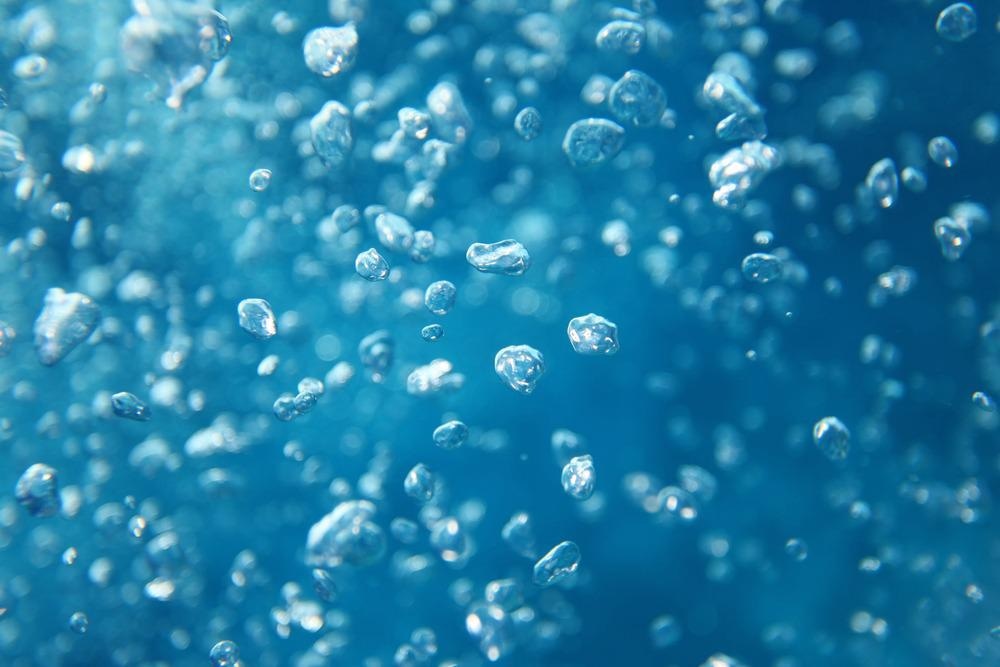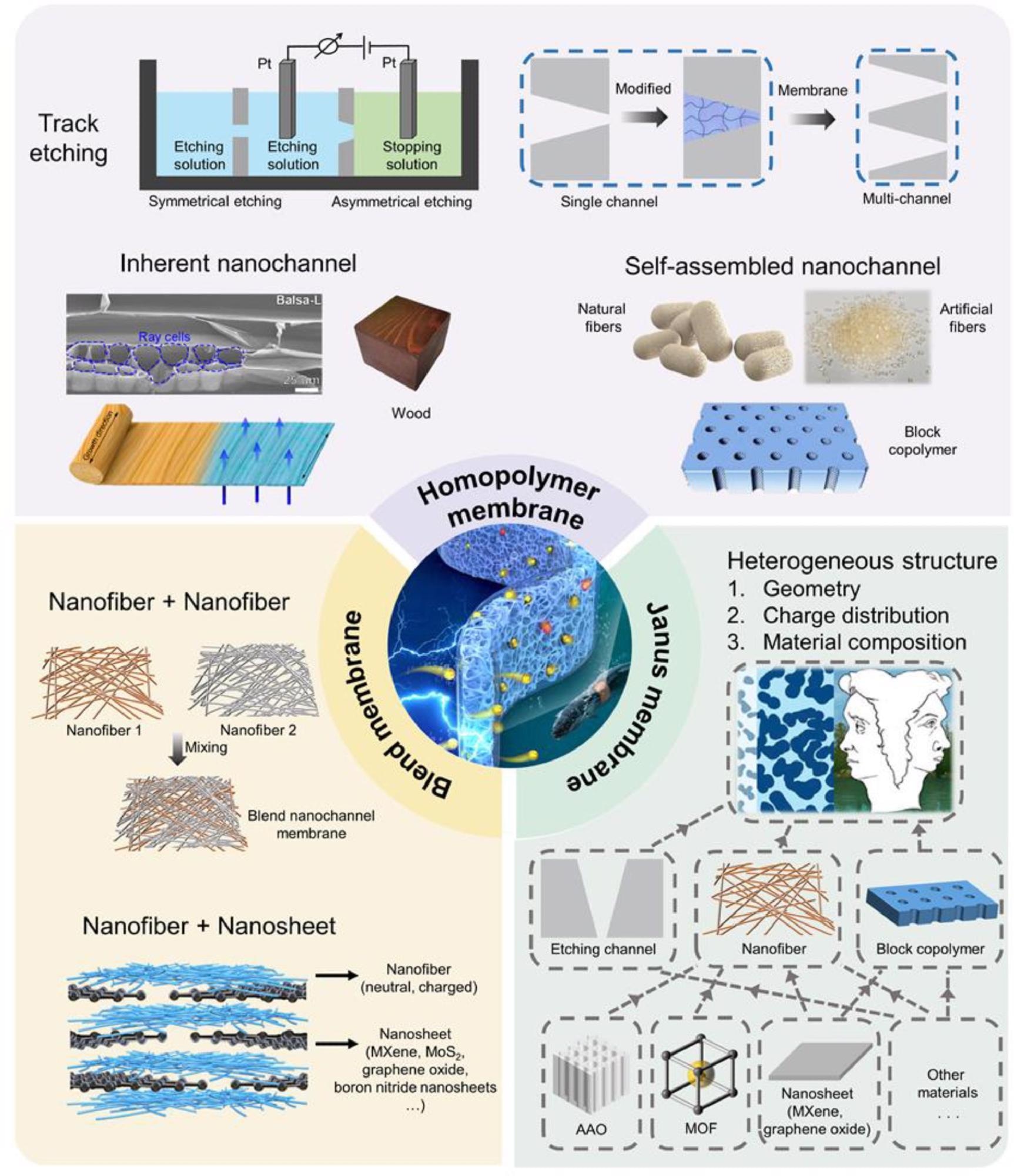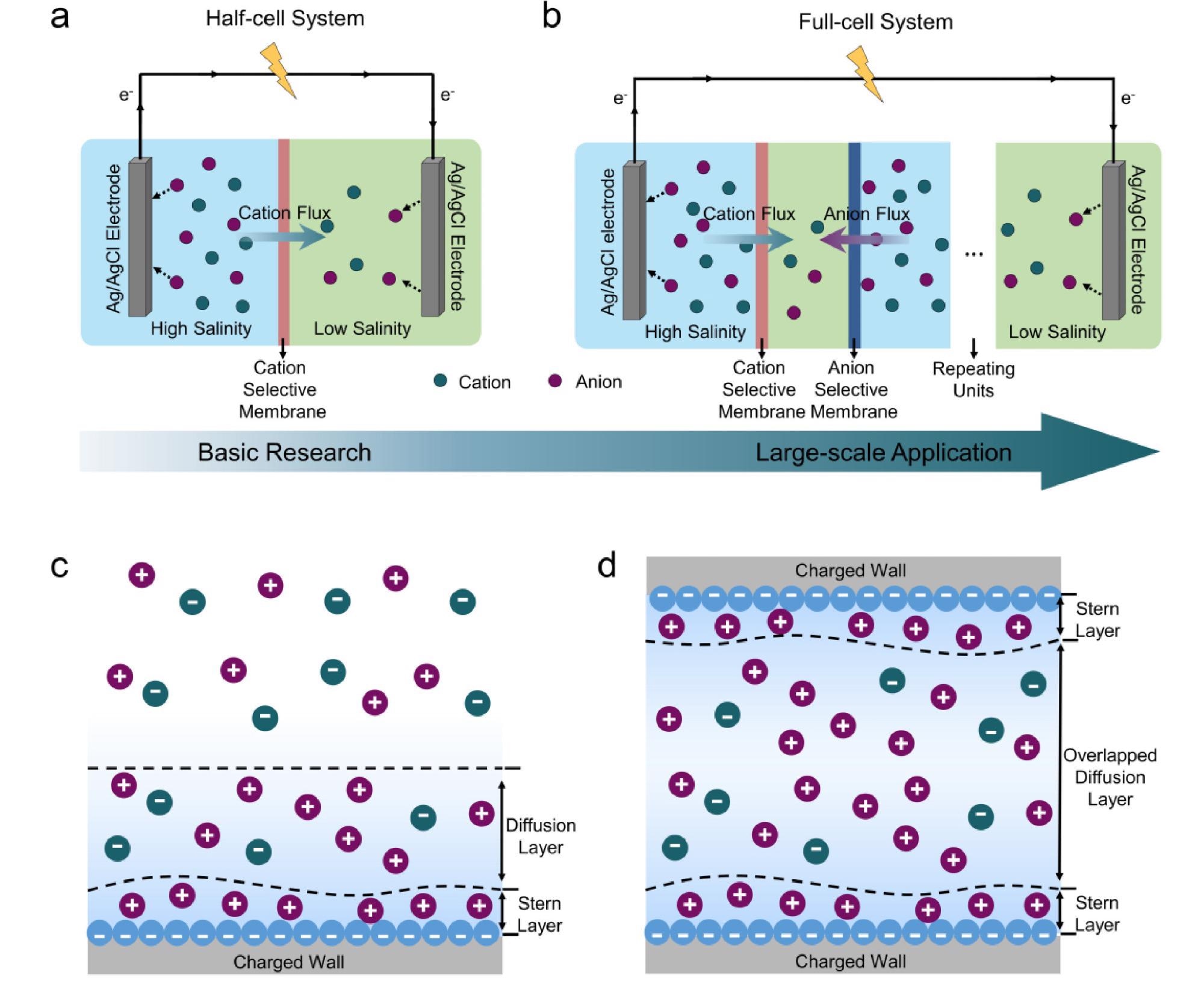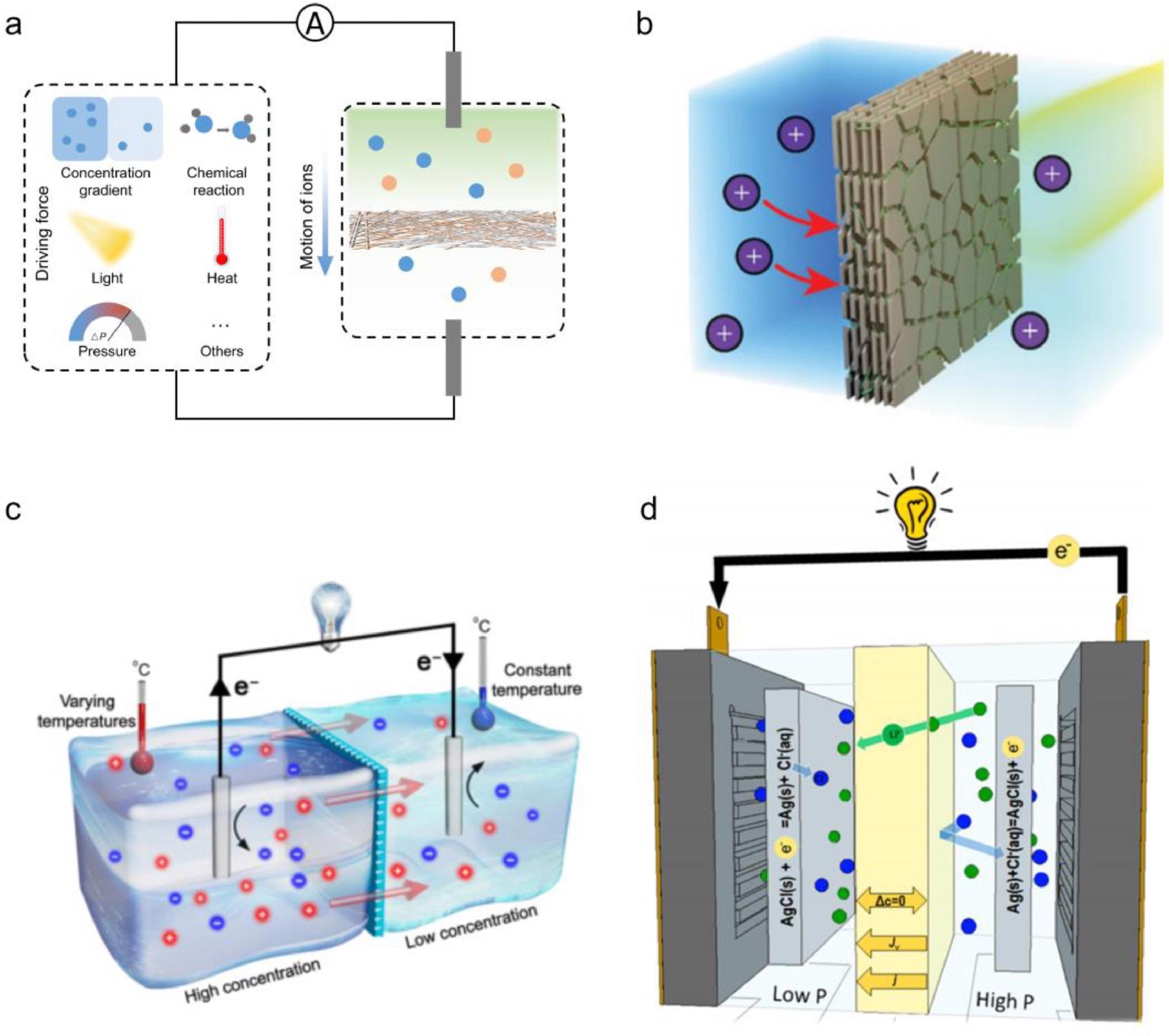The adjustable manufacturing of diverse polymer composites with nanostructures for osmotic power generation, including homopolymer membranes, mix membranes, and Janus membranes, is discussed in a study available as a pre-proof in the journal Giant.

Study: Polymer-based membranes for promoting osmotic energy conversion. Image Credit: Khvoeva Svetlana/Shutterstock.com
Membrane-based reversible nanofiltration is a potential method for gathering osmotic energy to address the world's growing energy challenges. However, due to the lack of performance of ion-exchange screens, osmotic power production often has low energy output.
Because of their tunable physical and chemical properties, biologically inspired nanoscale screens have recently emerged as an interesting nanomaterials substrate for high-performance osmotic power generation.
What is Osmotic Energy?
One of the safe and renewable energies found due to the saline differential between low-concentration and high-concentration fluids is called osmotic power. The most well-known osmotic power exists between the ocean and river systems, and it is pervasive and plentiful across the planet.
The potential quantity of osmotic energy is more than 1 TW, which is enough to meet around 10% of world energy demand. In addition, toxic waste fluids and dissolved saline can be designed to produce clean energy using this method.

Figure 1. Bioinspired nanochannel membranes based on polymeric materials for osmotic energy conversion. © Chen, W., Xiang, Y., Kong, X. and Wen, L., (2022)
Membrane-Based Reverse Electrodialysis
Osmotic energy transformation has received a lot of attention, and a membrane-based reverse electrodialysis is a significant tool for harvesting it.
Membrane-based reverse nanofiltration was presented as a way to produce electrical energy from a water depth, and it can deliver huge amounts of energy.
Membrane-based reverse nanofiltration also offers the benefit of having simple operational characteristics. As a result, the device's manufacturing is quick and straightforward, and it allows for the shrinking of power generation systems and electricity generation in multi-scene applications.
Indeed, the use of this sophisticated technology has been extensively researched, and it is limited by underperformance and bio-fouling, both of which are caused by the split membranes.
Development of Bioinspired Nanochannel Membranes
Nanoscale systems, such as biologically inspired nanosized screens with the ability to direct charge transfer, are effectively constructed by replicating the nanoscale dimensions, architecture, and interface charges of natural ion channels.
Ion transfer in biomimetic nanoscale membranes is a relatively new research topic that has applications in desalination processes, sewage treatment, and electrical circuitry, in addition to osmotic power generation.
Microstructures with regulated diameters in the nanometre scale can now be produced in both natural and synthetic materials, thanks to recent advances in nanoelectronics technology.
A growing number of biocompatible microfabricated screens based on polymer composites have been developed in recent years, demonstrating continued interest in the subject.
As per the prototype application, innovative biomimetic microfluidic membranes made of polymer composites are divided into three categories: homopolymer membranes, blend membranes, and Janus membranes.

Figure 2. Schematics of the osmotic power generators based on half-cell system (a) and full-cell system (b). (c) Schematic of the structure of electrical double layer (EDL) next to a negatively charged wall. (d) Ion permselectivity in a negative charged nanochannel. When the characteristic dimensions of nanochannels comparable to the Debye length, the co-ions will be repelled but the counter-ions can pass through the channel. © Chen, W., Xiang, Y., Kong, X. and Wen, L., (2022)
Improving the Osmotic Power Output
For osmotic power generation, the surface charge and total resistance of the biomimetic nanoscale membrane, which correlate to low ion sensitivity and ion conductance, are indeed critical.
The electron density of a particular substance in a specific environment is virtually known, while the resistance value of a barrier is a collective term.
Membrane impedance is split into two categories: Ohmic resistance from the transmembrane and non-Ohmic resistance from the dispersion boundary layer.
The Ohmic resistance is determined by ion transdermal transport opposition, while the non-Ohmic resistance is determined by ion entry resistance.
Conclusion and Perspective
The electrochemically active membrane is an important component of membrane-based reversible nanofiltration, which is a promising method for harvesting osmotic power from a salinity gradient.
Multiple biomimetic nanoscale membranes have been used to build electrodialysis devices over the past couple of decades, and the industrialization standard of power density value can be attained by employing several biomimetic nanochannel substrates.
However, large-scale power production is currently not possible due to several problems, one of which is the membranes' limited performance.
In the future, ultra-high ion specificity and conductance will be the logical continuation of polymer-based membranes for osmotic power generation.

Figure 3. (a) Osmotic energy conversion enhanced by external stimulation. (b) Localized heating induced by photothermal effect for enhanced ion transmembrane transport. (c) Heat-enhanced ion mobility and selectivity. (e) Schematic of hydraulic pressure for enhanced power generation. © Chen, W., Xiang, Y., Kong, X. and Wen, L., (2022)
High charge concentration, exceptional durability, and remarkable fatigue properties will be the goals of future biomimetic microfabricated membrane research based on polymer composites.
Membrane fouling, which includes biological adhesion, pore obstruction, and other issues, should also be taken into account while designing a membrane.
Simultaneously, the preparation procedure should be improved to boost yields and lower costs, setting the groundwork for large-scale power production.
Finally, both the ion conduction mechanism, as well as the design and manufacture of optimal membranes, must be investigated.
Membrane-based reverse nanofiltration will finally reach the ultimate objective of relieving the energy and environmental crises, thanks to enhanced polymeric nanochannel membranes.
Reference
Chen, W., Xiang, Y., Kong, X. and Wen, L., (2022) Polymer-based membranes for promoting osmotic energy conversion. Giant, p.100094. Available at: https://www.sciencedirect.com/science/article/pii/S266654252200005
Disclaimer: The views expressed here are those of the author expressed in their private capacity and do not necessarily represent the views of AZoM.com Limited T/A AZoNetwork the owner and operator of this website. This disclaimer forms part of the Terms and conditions of use of this website.